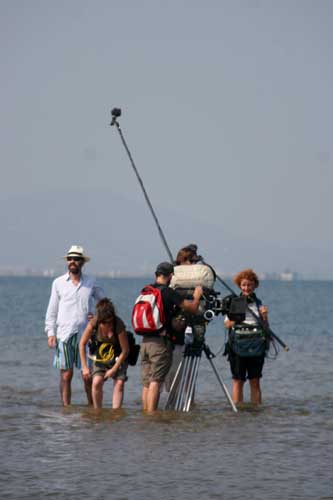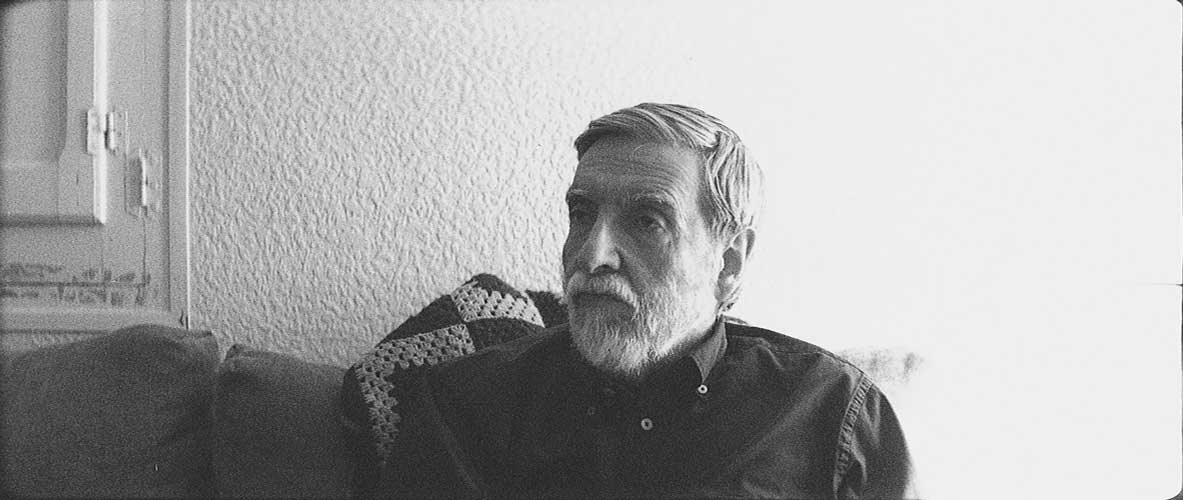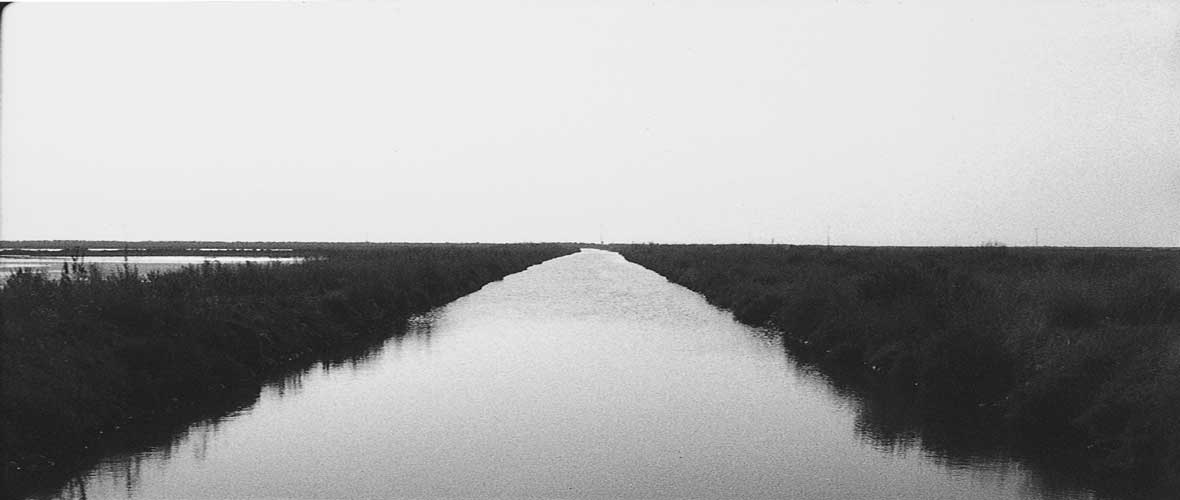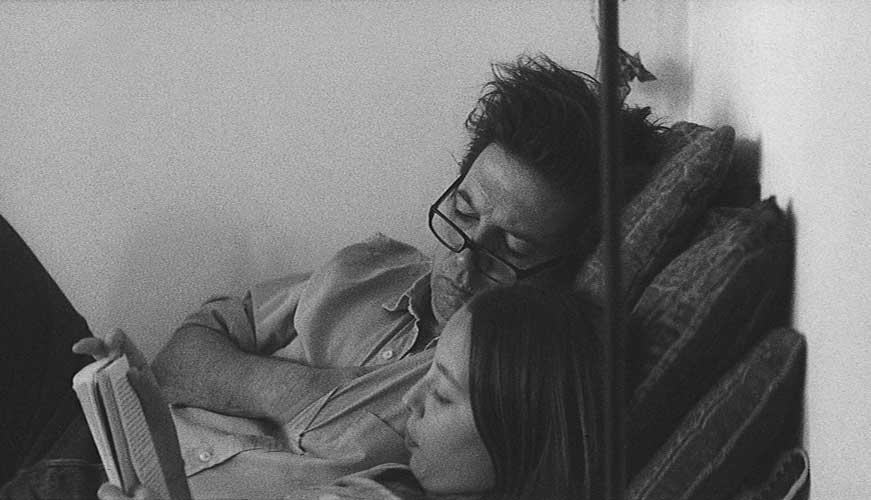

The Dream
And The Silence
Jaime Rosales
2018
Synopsis
Oriol and Yolanda live in Paris with their two daughters. During a holiday they have a car accident. Celia, their older daughter, dies and Oriol goes into a coma.
TECHNICAL DATA
Original title: SUEÑO Y SILENCIO
Year: 2012
Director: Jaime Rosales
Production countries: Spain and France
Format: 35mm, color, 2.35:1 B/W and color
Length: 110 min
Lenguages: Spanish, French and English
Shooting Locations: Paris and Delta del Ebro (Spain)
With the artistic participation of Miquel Barceló
Production Companies:
Fresdeval Films (Spain)
Wanda Vision (Spain)
Les Productions Balthazar (France)
With the participation of:
RTVE (Televisión Española)
TVC (Televisió de Catalunya)
ICAA (Ministerio de Cultura)
ICEC (Generalitat de Catalunya)
Ile de France
ICO (Instituto de Crédito Oficial)
MEDIA
International Sales: The Match Factory
Spanish distributor: Wanda Vision
WORLD PREMIERE
IFF Cannes 2012 – Director’s Fortnight
SPANISH PREMIERE
June 8th, 2012
Cannes 2012 – Director’s Fortnight
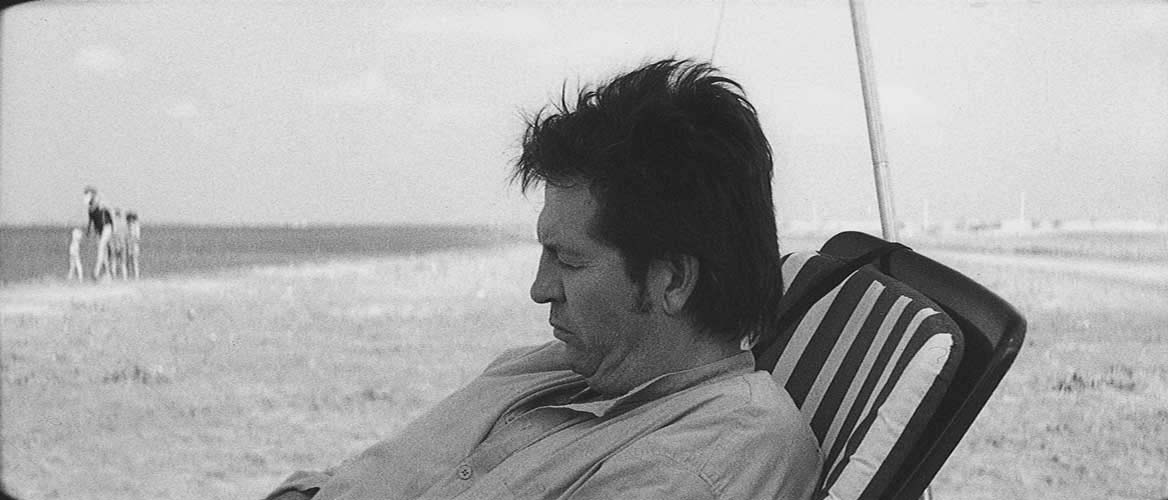

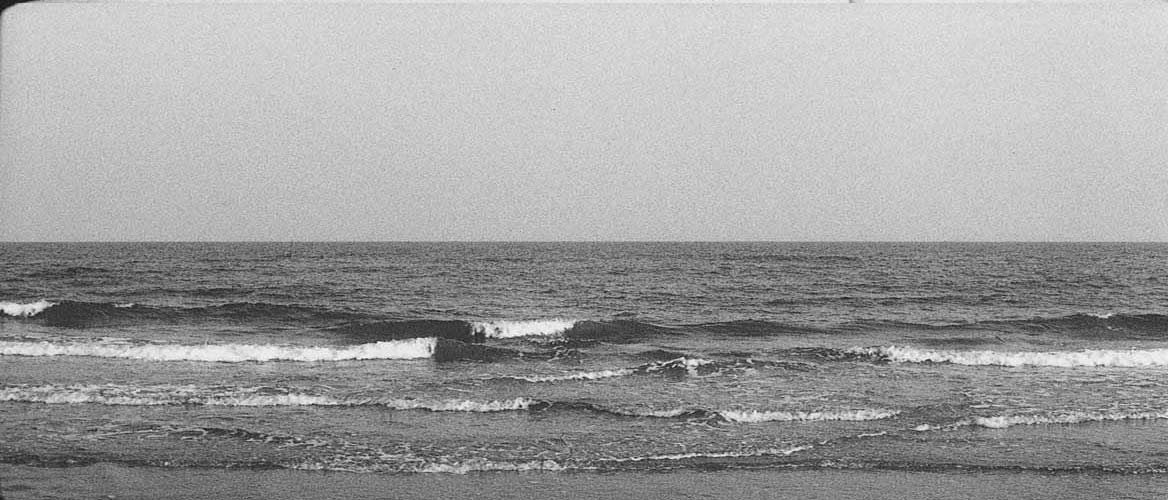

YOLANDA: Yolanda Galocha
ORIOL: Oriol Roselló
JAUME: Jaume Terradas
LAURA: Laura Latorre
ALBA: Alba Ros Montet
CELIA: Celia Correas
MAIN CREW
Director: Jaime Rosales
Screenplay: Jaime Rosales, Enric Rufas
Line Producer: Bárbara Díez
Director of Photography: Óscar Durán
Sound Designer: Eva Valiño
Art Director: Thomas Grezaud
Editor: Nino Martínez Sosa
Producers: Jaime Rosales, José María Morales y Jérôme Dopffer
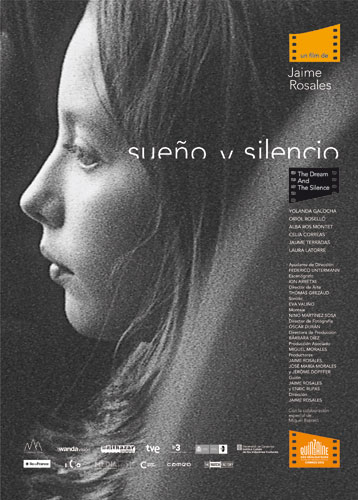

TRAILER OFICIAL
"Nothing wants to turn out the way I had imagined it. After fighting and suffering for awhile, I realize that the unexpected, what wasn’t in the plans, can actually be quite valuable."
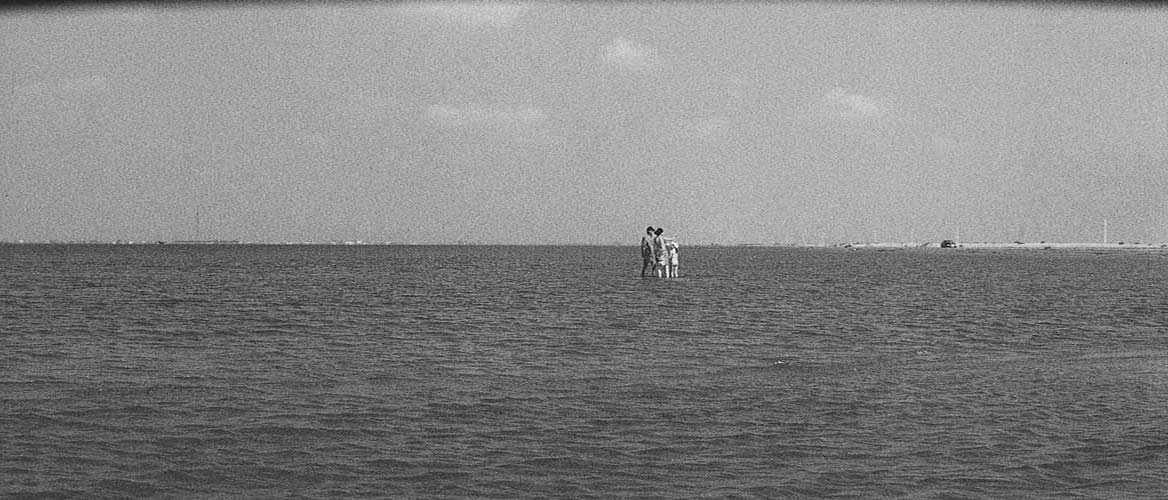

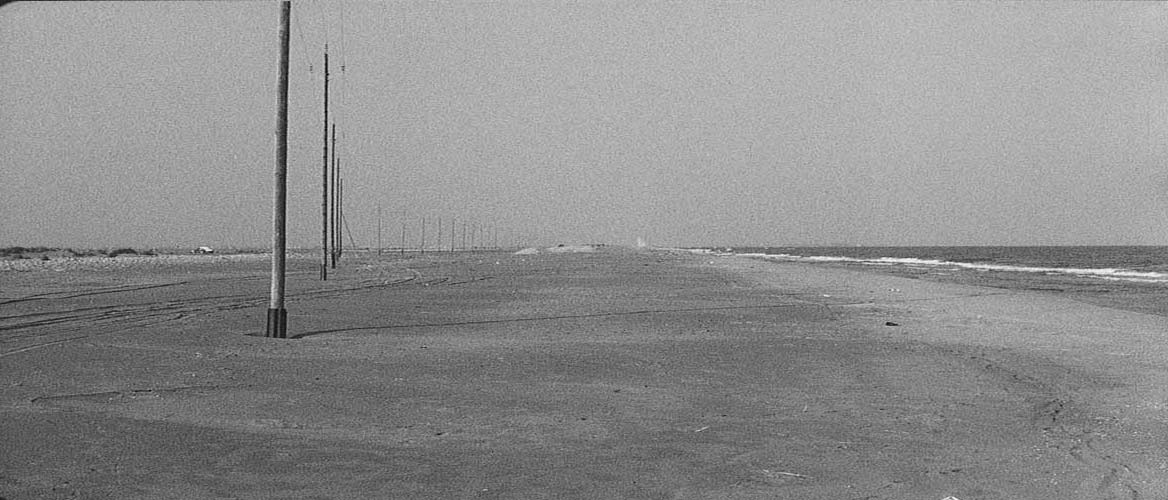

Director's notes
Jaime Rosales
Chance
“Reality not only outdoes fiction; it is better.”
Whenever I start a film, I try to have everything go just as I had imagined it. Like the demiurge behind a world waiting to be created, I try to shape everything to my will. But films—at least the ones I make—are made in the real world, with real things and real people. And the real world, no matter how hard I try, refuses to let itself be shaped easily.
I find myself fighting desperately against all the elements. Nothing wants to turn out the way I had imagined it. After fighting and suffering for awhile, I realize that the unexpected, what wasn’t in the plans, can actually be quite valuable. In fact, even more so than what I had imagined.


Reality not only outdoes fiction; it is better. I start to think excessive control may not be such a good idea. From then on, my approach to making the film changes. It is no longer a matter of how to control all the components but of how to get the unexpected –chance- to work in the film’s favor.
I realize, now that I have finished the work, that the challenge did not lie in making a work in accordance to what I had imagined. The film is nothing like what I had imagined. The challenge was making a film through oneself. Managing to turn myself into the means by which the film took shape. Letting chance and reality play a part in the creative process.
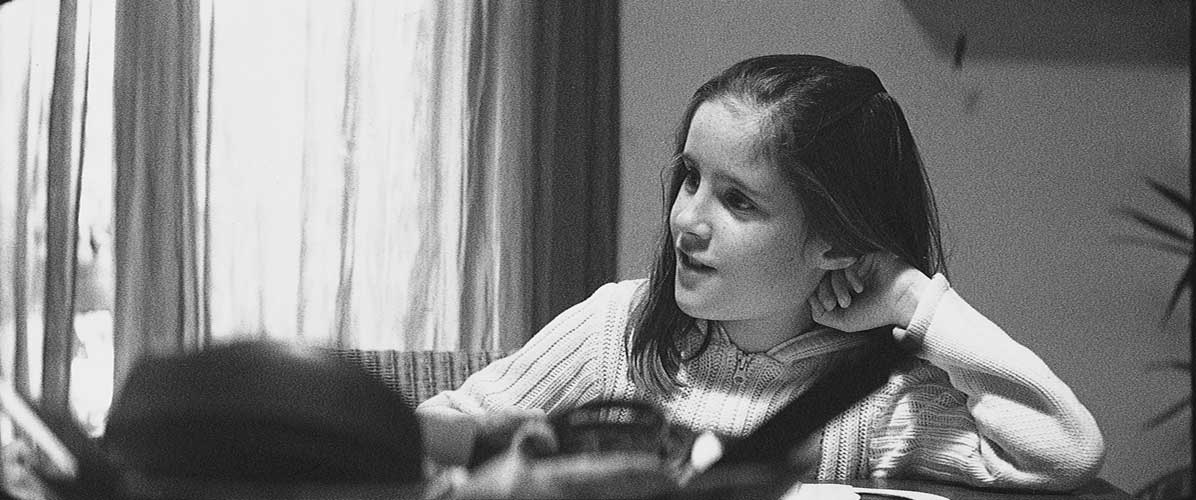

Miquel Barceló
In this film I had the privilege of collaborating with artist Miquel Barceló. We started talking about the film about four years ago, at the birth of the project. We were both at a similar point in our lives. We were about to premiere artworks: the dome he made for the United Nations in Geneva and my film, Bullet In The Head. We were both very eager about the premieres of our works and we were both suffering from some critical incomprehension in the form of controversy. Then we started shuffling ideas about the work to be done on the film.
I soon realized that the main difficulty would be finding a way to combine an extensive process –painting- with an intensive process –film. For him, time is no problem. He can keep trying things until he is satisfied. That is not possible in cinema and certainly not in this film, made of only sole takes. Something had to be created in just one attempt, with a sole gesture. The final result has made me very, very happy.
I learned a lot working beside him: about life, about what it means to be a real artist.
The absolutely real
I am fascinated by human reality. What is absolutely real. A portrayal of the everyday. The precision of expression in human relations. I am interested in small gestures and the look in people’s eyes. Uncontrollable emotions. I am interested in observing things unhurriedly. We all have a self that we hide under several layers. We only occasionally allow our true nature to see the light. One must pay careful attention.
All the decisions and the architecture of the mise-en-scène were designed to be able to portray that reality with great precisión.
Improvisations and a sole take
The screenplay of the film has no dialogues. The actors receive the dramatic content at the same time we shoot the scene. They are not given any directions about what to say, how to say it, or what to do. No takes are repeated and no scenes or situations are shot from various angles. The first improvisation is the sole, true and unrepeatable one. I let what the actors say and do surprise me.
Sometimes they move out of the frame unexpectedly, leaving it empty. That is also valid.
The spiritual dimension of being
I am concerned about how weak the foundations of the civilization being built are. I am worried that it is a civilization that does not know how to respond to human beings’ spiritual needs. We have a spiritual dimension. I cannot define it rationally. But I can feel and sense it and I am able to express it poetically through a film. Or at least I try. The magic. The sacred. The mysterious. The poetic. The mystical.
We are sensitive to all of them. There must be a reason why. Even if we fail when we attempt to produce coherent discourse.
Black and white picture
The entire film was shot with hard grain black and white stock. The grain in black and white images is very beautiful. It gives the film an extraordinary consistency. A very physical, material sensation. What you see is there. It really happened. A type of film was used that allows shooting with no artificial light. No extra lighting was used in spite of shooting in 35mm. Everything was shot with natural light. This way of shooting adds great agility and produces very beautiful, touching images.
